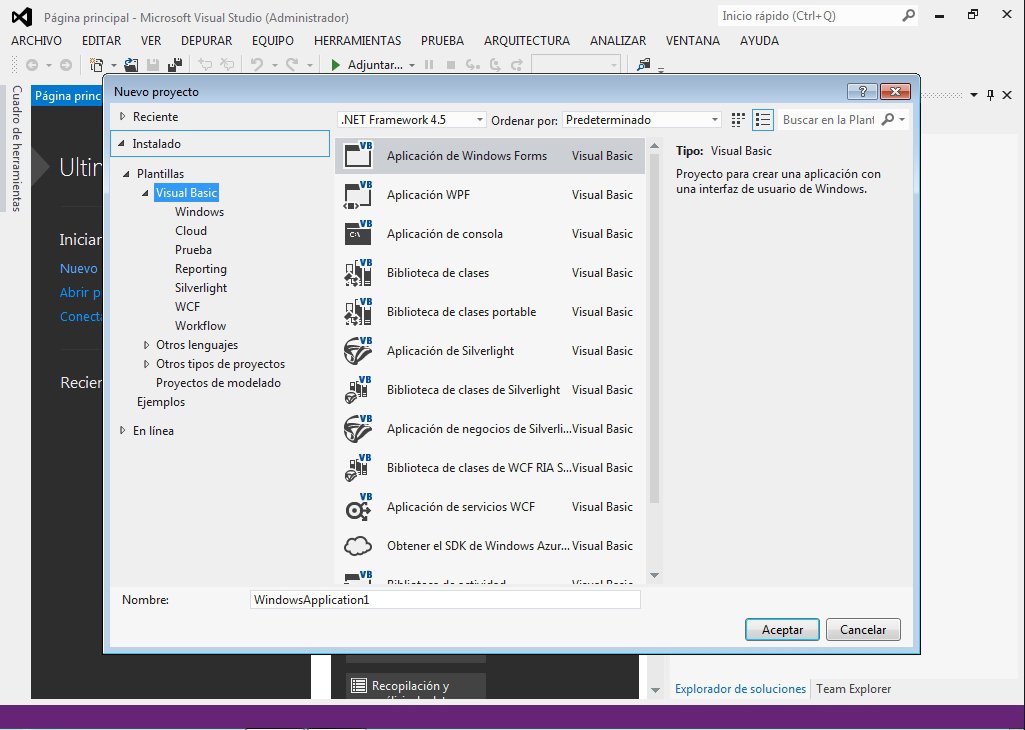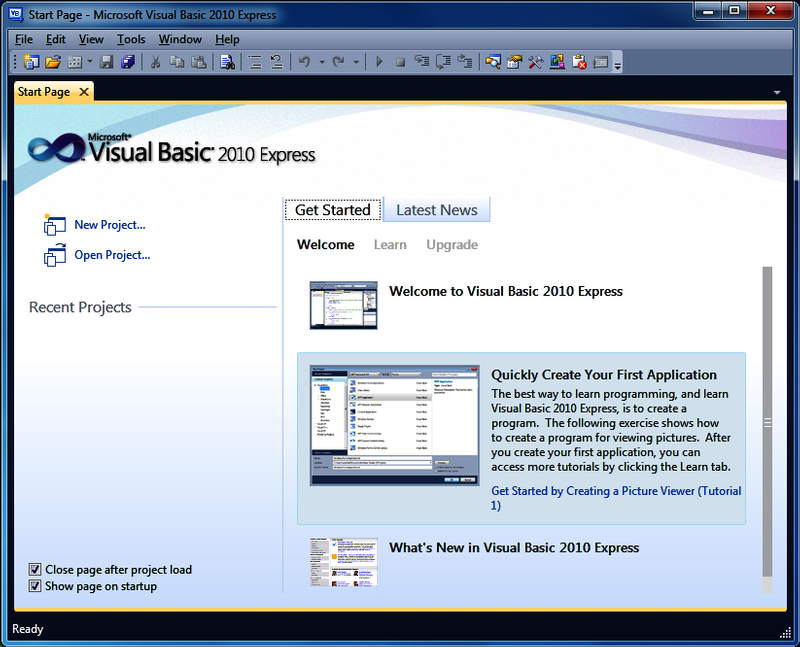
Cross-Platform Mobile Development: Develop apps for Windows, iOS and Android using C# and Visual Studio. Code Review: Allows developers to review code with annotations, threaded conversations and other collaboration tools. Code Analysis: Analyze and review code for potential issues using the integrated code analysis tools.  Cloud Development: Take advantage of cloud services to create and deploy applications on Azure. Sign in to Visual Studio within 30 days with your Microsoft account to synchronize your settings across multiple machines and register your product. Visual Studio Express 2013 for Windows Desktop enables the creation of desktop apps in C#, Visual Basic, and C++, and supports Windows Presentation Foundation (WPF), Windows Forms, and Win32. Microsoft Visual Basic 6.Create C#, Visual Basic and C++ applications in Windows Microsoft Visual Basic 6.0 Enterprise (ISO) Product type DevTool Vendor Microsoft Release date 1998 End of life date 2008 Minimum CPU 486DX/66-MHz Minimum RAM 16MB Minimum free disk space 76MB User interface GUI Platform Windows Download count 867 (763 for release) Downloads Download name After version 6, Visual Basic was replaced by Visual Basic. Visual Basic 3 was the most popular version under 16-bit Windows 3.1, while Visual Basic 6 was the most popular for 32-bit Windows 95/NT and later. Visual Basic easily interfaced with many database products (most notably Microsoft Access) and reporting tools (most notably Crystal Reports)
Cloud Development: Take advantage of cloud services to create and deploy applications on Azure. Sign in to Visual Studio within 30 days with your Microsoft account to synchronize your settings across multiple machines and register your product. Visual Studio Express 2013 for Windows Desktop enables the creation of desktop apps in C#, Visual Basic, and C++, and supports Windows Presentation Foundation (WPF), Windows Forms, and Win32. Microsoft Visual Basic 6.Create C#, Visual Basic and C++ applications in Windows Microsoft Visual Basic 6.0 Enterprise (ISO) Product type DevTool Vendor Microsoft Release date 1998 End of life date 2008 Minimum CPU 486DX/66-MHz Minimum RAM 16MB Minimum free disk space 76MB User interface GUI Platform Windows Download count 867 (763 for release) Downloads Download name After version 6, Visual Basic was replaced by Visual Basic. Visual Basic 3 was the most popular version under 16-bit Windows 3.1, while Visual Basic 6 was the most popular for 32-bit Windows 95/NT and later. Visual Basic easily interfaced with many database products (most notably Microsoft Access) and reporting tools (most notably Crystal Reports) 
These however, limited application development to Microsoft Windows.

The language itself was an interpreted BASIC dialect, however speed was maintained through the use of reusable compiled libraries (DLLs and VBX controls). Visual Basic was extremely popular for business application programming.

In contrast, even the smallest Visual Basic basic programs could take reams of program code to write in C or C++. First released in 1991, Microsoft Visual Basic was a programming environment where one could build an application by visually creating the user interface first, and then adding code.








 0 kommentar(er)
0 kommentar(er)
